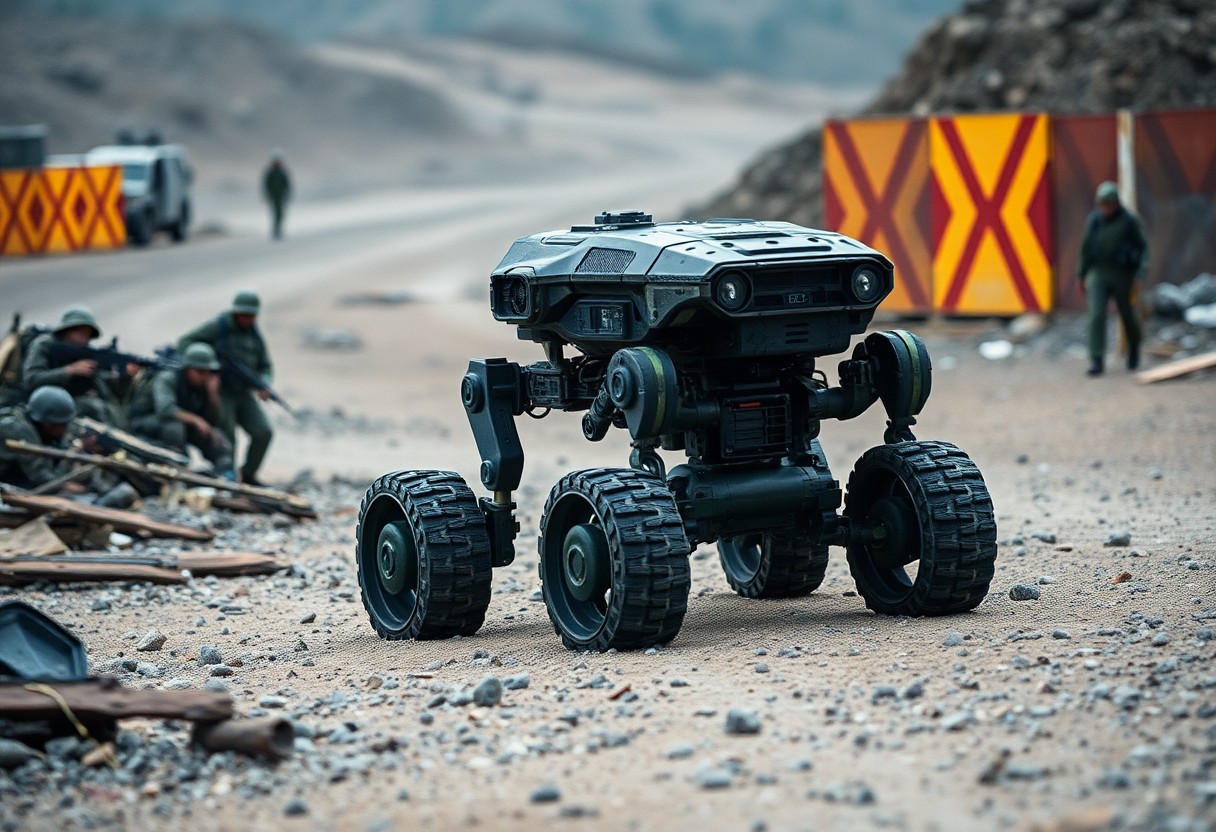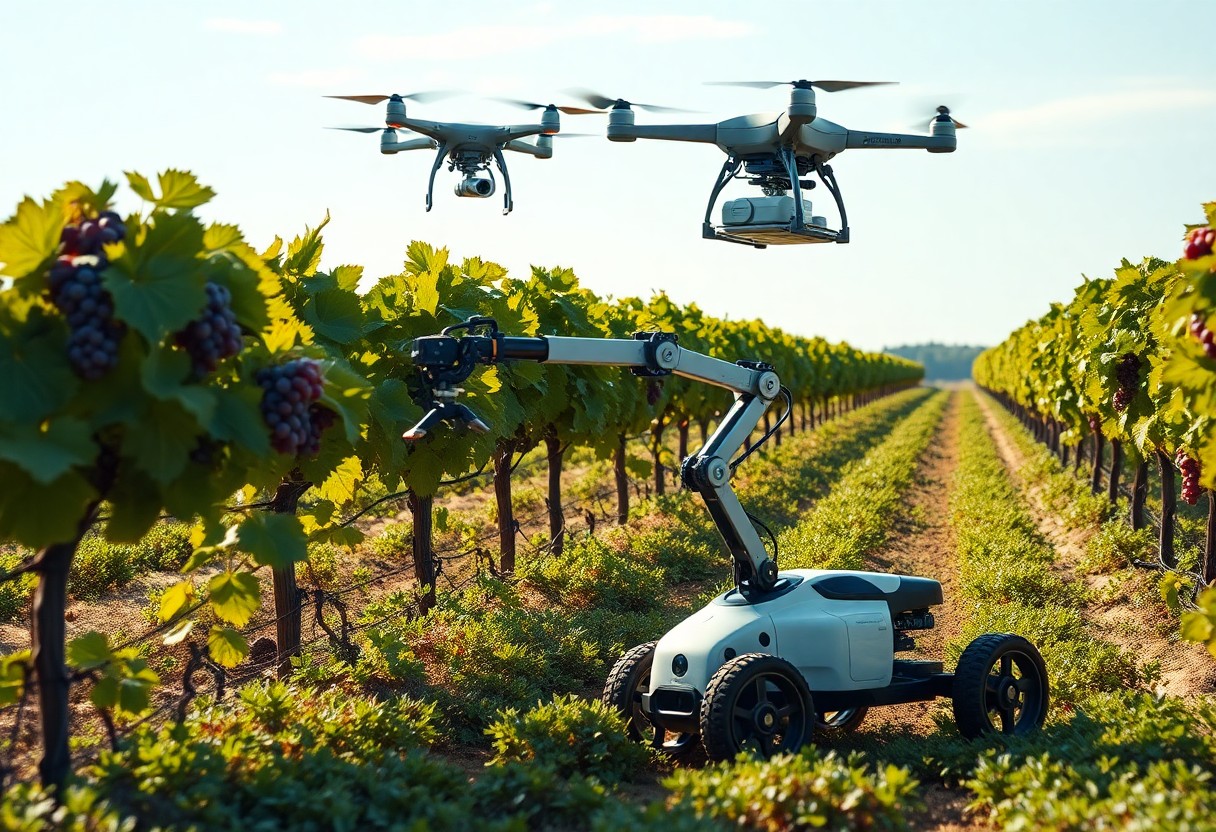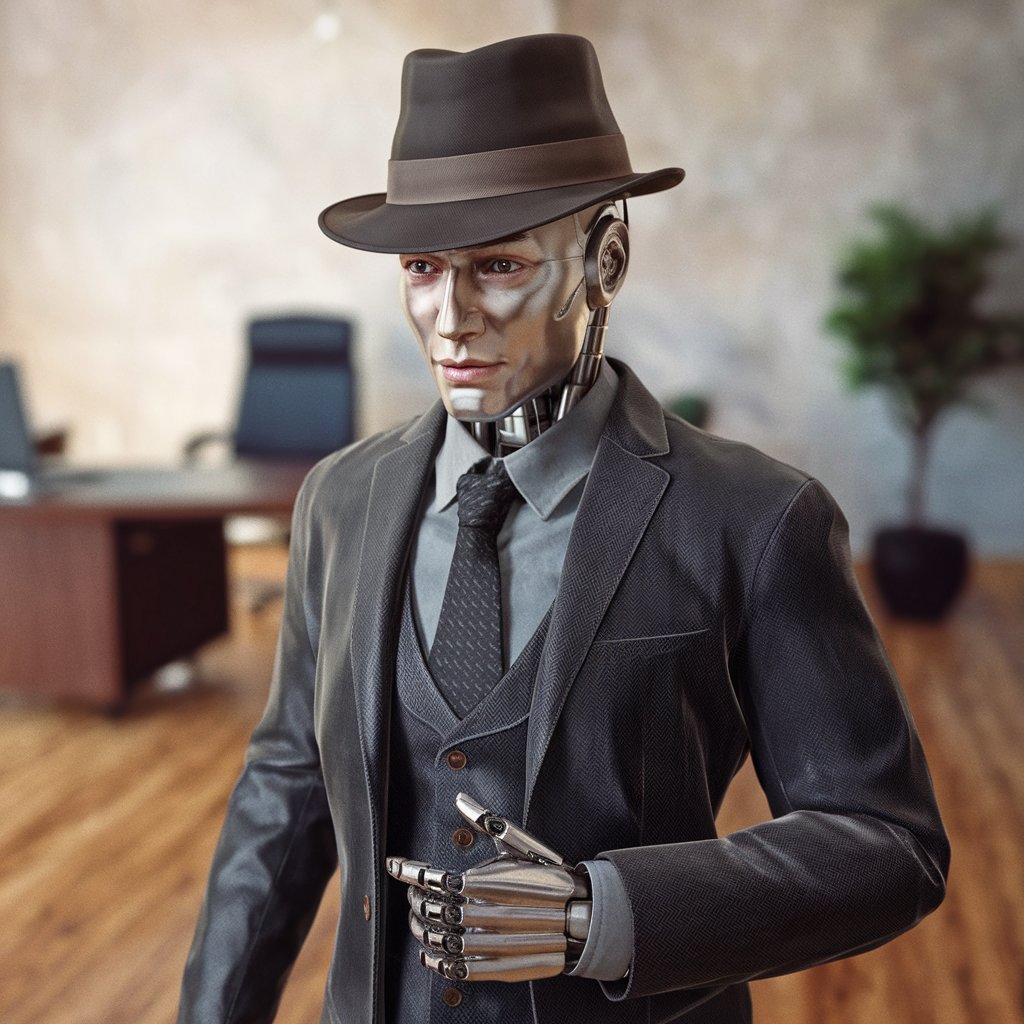Robots are increasingly becoming integral to military operations, yet their limitations present both challenges and opportunities that you need to consider. While they enhance operational efficiency and safety, issues like reliability, adaptability, and ethical concerns come into play. Understanding these constraints is vital in navigating the future landscape of military technology. In this blog post, you’ll explore the potential hurdles and advantages military robots face, providing you with valuable insights into this evolving field.
The Current State of Military Robotics
The military robotics landscape is evolving rapidly, characterized by increased investment and innovation. Countries worldwide are integrating various unmanned systems across air, land, and sea domains. These systems enhance operational capabilities while reducing risks to personnel. As technology advances, the versatility and effectiveness of military robots continue to expand, making them indispensable in modern warfare.
Overview of Military Robot Applications
Above all, military robots serve multiple roles, including reconnaissance, surveillance, logistics support, and explosive ordnance disposal. They enhance situational awareness and enable remote operations, allowing commanders to make informed decisions without putting troops in harm’s way. As these technologies mature, their applications extend further, enhancing overall operational effectiveness.
Key Technological Advancements
With advancements in artificial intelligence, machine learning, and sensor technologies, military robots are becoming more autonomous and effective. Enhanced communication systems and connectivity also play a vital role in improving coordination and efficiency in operations. These developments offer you the ability to leverage sophisticated tools that were once only available to human soldiers.
Robotics integration in military applications has led to significant progress in autonomous navigation and decision-making capabilities. You can expect to see drones that not only fly but also analyze data in real-time, enabling quicker responses to threats. Enhanced AI algorithms allow robots to learn and adapt to various environments, improving mission success rates. Additionally, advances in materials and energy sources contribute to longer operational durations and reduced maintenance needs, fortifying your operational readiness.
Limitations of Military Robots
It is vital to understand the limitations of military robots, as they present both challenges and opportunities for modern warfare. These limitations can significantly impact operational efficiency and decision-making in military scenarios, requiring careful consideration from those involved in defense planning and strategy.
Technical Constraints
Around the world, military robots face various technical constraints that can hinder their effectiveness in the field. Limitations in mobility, sensor capabilities, and communication systems can restrict their operational range and responsiveness, impacting your strategic objectives during missions.
Ethical and Legal Considerations
Along with technical constraints, ethical and legal considerations pose significant challenges for military robots. You must navigate complex moral dilemmas and laws of armed conflict that govern the deployment of autonomous machines in warfare.
This aspect of military robotics requires careful scrutiny and understanding. As you evaluate the use of robots, you must consider the implications of their autonomous actions, particularly when it comes to targeting decisions and accountability. Legal frameworks may lag behind technological advancements, leaving you and military leaders grappling with uncertainties regarding responsibility for actions taken by autonomous systems. Balancing operational effectiveness with ethical integrity will be important as you explore the future of military robotics.
Operational Challenges
While military robots offer transformative capabilities, they face significant operational challenges in real-world scenarios. These challenges can arise from technical limitations, environmental conditions, and the unpredictability of combat situations, which may hinder the effective deployment of robotic systems. As you explore these challenges, it’s crucial to consider how they impact command decisions and mission outcomes.
Battlefield Environments
Along with the inherent unpredictability of combat, military robots must navigate varied and often harsh battlefield environments. This includes adjusting to terrain variations, weather extremes, and the presence of enemy forces. Each condition requires adaptability and resilience from robotic systems, placing demands on their design and functionality.
Human-Robot Interaction
Operational success hinges not just on technology, but also on effective human-robot interaction. You must understand that this interaction involves not only programming robots to perform tasks, but also ensuring that users can operate and collaborate with these machines intuitively, especially in high-pressure scenarios.
Understanding human-robot interaction is vital for the seamless integration of robotic systems in military operations. You should recognize that effective communication between operators and robots can significantly improve operational efficiency, reduce errors, and enhance decision-making. Emphasizing intuitive controls and responsive feedback mechanisms will empower users to manage robotic assets confidently, ultimately leading to more successful mission outcomes. As you investigate deeper into this topic, consider the potential benefits of training programs that foster collaboration between personnel and robotics, ensuring that both can work effectively together in the field.
Opportunities for Improvement
Now is the time to explore the vast potential for improvement in military robots. With advancements in technology and a growing understanding of operational needs, you have the opportunity to drive innovations that could enhance the effectiveness and reliability of robotic systems. As you look ahead, consider the integration of sophisticated materials, better energy sources, and more effective training for human-robot collaboration, which can significantly improve overall performance on the battlefield.
Research and Development Trends
One area that shows promise is in research and development trends, where collaboration between military and civilian sectors has become increasingly vital. As you observe this trend, consider how dual-use technologies can be adapted for various applications, whether in combat scenarios or humanitarian missions. Emphasizing cross-disciplinary partnerships can lead to innovative solutions that address both immediate military needs and broader social benefits.
Enhancements in AI and Machine Learning
Among the most notable advancements are those in artificial intelligence and machine learning, which hold the potential to transform military robotics. You can leverage these technologies to enhance the decision-making capabilities of robots, allowing them to process complex data in real time and respond effectively to dynamic battlefield conditions.
For instance, by incorporating deep learning algorithms, your military robots can improve their target recognition and threat assessment capabilities. When equipped with advanced AI systems, these robots can learn from past experiences, adapting their responses to evolving situations and effectively collaborating with human operators. This not only optimizes operational efficiency but also increases safety, as robots can take on the most dangerous tasks while you focus on strategic decision-making.
Case Studies
Not all military robots have achieved success, and understanding real-world applications can provide valuable insights into their effectiveness. Below are some notable case studies that exemplify both successful deployments and the challenges faced:
- 1. PackBot – Utilized in Iraq for bomb disposal, proving effective in over 5,000 missions.
- 2. MAARS (Modular Advanced Armed Robotic System) – Deployed for perimeter security, showcasing improved surveillance capabilities.
- 3. Talon Robots – Successfully cleared over 1,000 explosive devices, reducing risks to soldiers.
- 4. BigDog – Advanced logistics transport in rough terrains, but faced challenges on slippery surfaces.
Successful Deployments
To assess the strengths of military robots, you can look at various examples of their successful deployment in combat scenarios, where they’ve demonstrated remarkable efficiency and safety. Systems like PackBot and Talon robots have saved lives by minimizing human exposure to dangerous environments while effectively accomplishing their tasks.
Lessons Learned from Failures
About military robots, numerous lessons emerge from various operational failures, emphasizing the importance of continual improvement and adaptation. You should be aware that understanding these failures helps in refining future designs and deployment strategies.
For instance, the MAARS system, while effective in surveillance, faced operational challenges when it encountered unpredictable terrain, highlighting vulnerabilities in navigation. Additionally, BigDog struggled with stability on wet or uneven surfaces. These setbacks signify the need for enhanced algorithms and robust designs, ultimately driving innovation and improving military robotics capabilities in future applications.
The Future of Military Robotics
Your understanding of military robotics will evolve significantly as technology advances. The future holds the promise of more autonomous systems capable of assisting and enhancing military operations. Adopting advanced robotics could lead to safer missions, improved operational efficiency, and better decision-making in dynamic combat environments. As these advancements unfold, you will need to consider the implications for strategy, ethics, and the global balance of power.
Emerging Technologies
For military robotics, emerging technologies such as artificial intelligence, machine learning, and enhanced sensor systems are paving the way for unprecedented advancements. These innovations will enable robots to perform complex tasks autonomously, improving capabilities and operational effectiveness. As you explore these technologies, you’ll see how they can enhance situational awareness and decision-making in real-time military scenarios.
Strategic Implications
Technologies advancing military robotics carry significant strategic implications for global security and defense. The integration of AI and autonomous systems can alter power dynamics, create new tactical advantages, and lead to an arms race among nations. As you investigate into these changes, you may notice how countries prioritize research and development in robotic technologies to maintain or achieve military superiority. Additionally, ethical considerations around their deployment will emerge, influencing your perspective on future conflicts.
In addition, as nations invest in military robotics, the potential for asymmetric warfare becomes more pronounced. Countries with limited resources can leverage advanced robotics to nullify perceived advantages of larger powers. This shift could change how conflicts are fought and require you to think critically about the risks associated with the proliferation of such technologies. The challenge will be to balance military advancements with ethical responsibilities, ensuring that these innovations support stability rather than escalate tensions within the global landscape.
Conclusion
Following this exploration of the limitations of military robots, you have likely gained insights into the challenges they face and the opportunities that lie ahead. As advancements in technology continue to evolve, it is necessary for you to understand how these factors will influence military operations. By recognizing both the potential and the constraints of military robotics, you can better appreciate the ongoing dialogue surrounding their development and integration within defense strategies, ultimately shaping your perspective on future military engagements.







